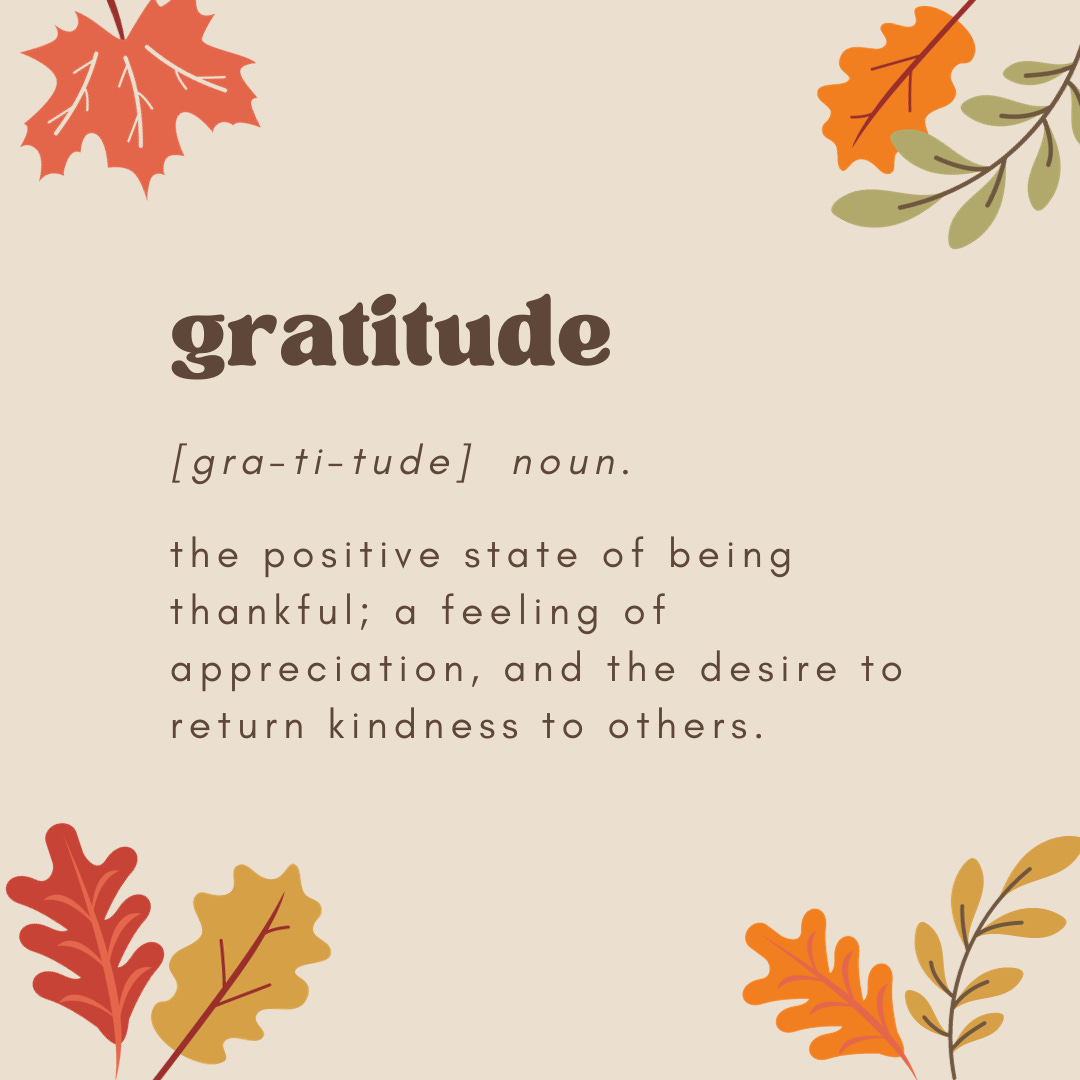For the past few years, I’ve noticed an uptick in the number of people doing a “gratitude challenge” on social media, in workplaces, and in schools during the month of November.
It is likely that the proximity to Thanksgiving has something to do with this trend.
But, I often wonder, how many of the people who do these “challenges” continue to practice gratitude during other times of the year?
Those who give up their practice with the passing of Thanksgiving are likely missing out on the benefits of an ongoing practice.
In the past two decades, a growing body of evidence in the field of social science has found that gratitude has measurable benefits for just about every area of our lives, including our mental and physical health.
Within health care, the ‘Three Good Things’ gratitude practice has shown benefits in reducing emotional exhaustion, depressive symptoms, work-life balance problems, and intent to leave a job, among other outcomes.

Left to their own devices, our brains will scan for and recognize every perceived threat in our environment. This is called the ‘negativity bias.’ While this can be beneficial (especially when our lives are at stake), it can also contribute to negative mental and physical health consequences.
Practices like ‘Three Good Things” or other forms of regular gratitude practice are helpful because they help us see more of the positive aspects of life instead of only seeing the negative things.
This isn’t toxic positivity or pretending like bad things aren’t happening.
Rather, it allows us to have a more balanced view that lets us to start to see the good AND the bad.
By training our brains to find things to be grateful for, we are able to more easily recognize good things as they occur. This can boost our mood and restore energy throughout our day.
For me, this has been key to being able to work in a demanding environment like the Pediatric Intensive Care Unit. Because, contrary to popular belief, there are good and bad things that we see there every day.
Robert Emmons, psychology professor and gratitude researcher at the University of California, Davis, explains that there are two key components of practicing gratitude:
We affirm the good things we’ve received
We acknowledge the role other people play in providing our lives with goodness
If you’re looking to incorporate a gratitude practice in your life, the Ten Percent Happier app is a great place to start. I do a gratitude meditation nearly every night before bed.
If you’re looking for a different type of practice (journaling, etc.) or free meditation, you can find a list here.
Why not try it out and reap the benefits?






